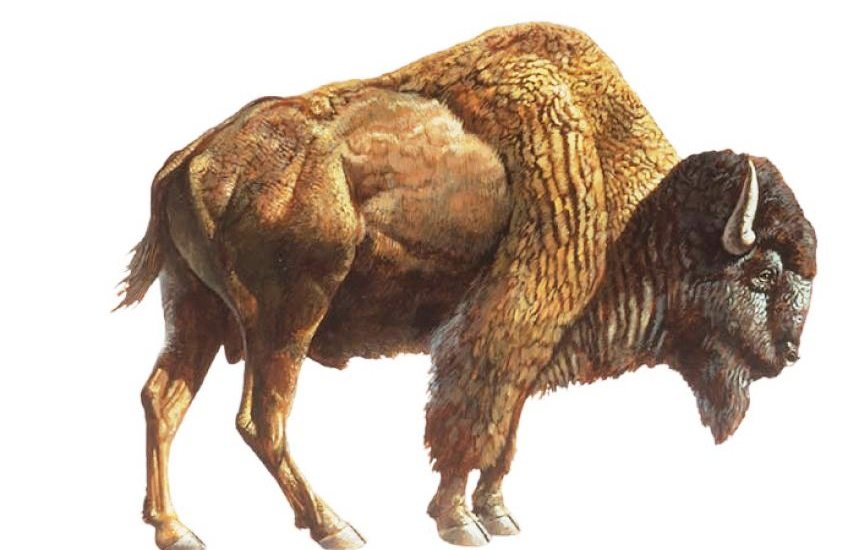The Los Angeles Metro Crenshaw/LAX Transit Corridor project reached a couple interesting milestones in the past month. On May 13, the $2 billion-project completed the concrete pour on the superstructure of the last of six bridges along the project's 8.5-mi-long route. And on May 16th, two partial large mammal bones were discovered in a sandy clay layer area 16 ft beneath Crenshaw Boulevard.
The fossil bones were stabilized and prepared by Paleo Solutions, a company that serves a variety of clients in paleontology mitigation and construction monitoring. The company is called in when bones are found on construction sites. The Paleo Solutions laboratory identified the bones on May 24th with the help of a fossil expert at the nearby La Brea Tar Pits and Museum in Los Angeles, one of the world’s most famous fossil localities, and where the bones will soon be transferred.
The first fossil was determined to be a bison right proximal radius and the second fossil was identified as a sloth proximal femur head fragment. Experts say that if the sloth bones turn out to be that of a Harlan’s Ground Sloth (the largest and most common of three species of ground sloth found at the Tar Pits) then the animal could have easily weighed up to 1,500 pounds and measured up to 10 ft in length.
Bone experts working on the case say that assuming the sediments are the same age as the Tar Pits, the Harlan’s Ground Sloth (Paramylodon Harlani) lived in the Los Angeles basin 11,000 to 40,000 years ago, which would put it in the late Pleistocene era.
Many large ancient and extinct mammals, including sloths, bison, ancient camels, mastodons and mammoths, have been found beneath Metro construction sites. Earlier this year, bones belonging to an ancient camel and a mastodon or mammoth were found during excavation work under Wilshire Boulevard for the Purple Line Extension subway.
When complete in 2019, the Crenshaw/LAX Transit project will extend from the existing Metro Expo Line at Crenshaw and Exposition Boulevards in Los Angeles, and merge with the Metro Green Line at the Aviation/LAX station on Aviation Bl and Interstate 105 in El Segundo near LAX airport.
The Line will travel 8.5-miles serving the cities of Los Angeles, Inglewood, and El Segundo. The project includes the Southwestern Yard Maintenance Facility, a maintenance facility with the capacity to service and store up to 70 light-rail vehicles (LRV). The facility will serve the new line and the existing Metro Green Line, housing general administration, operation, and support services.
The project will create eight new stations at Exposition/Crenshaw, MLK Jr/ Crenshaw, Leimert Park, Hyde Park, Fairview Heights, downtown Inglewood, Westchester/Veterans, and Aviation/Century.
The project, which is being led by Los Angeles County Metropolitan Transportation Authority (Metro), is currently about 65% complete. It is being built by The Walsh/Shea Corridor Constructors, which is comprised of Walsh, Shea, HNTB, Comstock and ARUP. The Crenshaw/LAX Project is one of 12 transit projects funded by Measure R, the half-cent sales tax approved by Los Angeles County voters in 2008.


Post a comment to this article
Report Abusive Comment